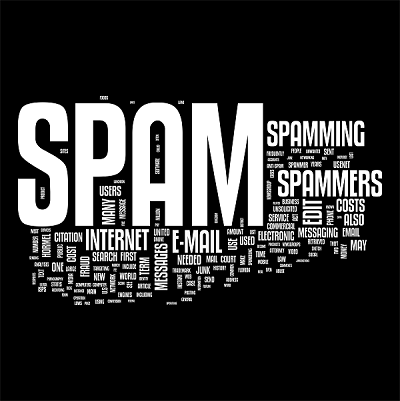Staying (and Getting) Out of the Spam Folder (Part 2 of 3)

Last week, we discussed list building, opt-ins and unsubscribes
This week, we're going to go over authentication and reputation.
1. Reputation
First and foremost, it's important to keep an eye on your reputation across the board. We monitor your IP and sending domain. However, any domains that you use in your messages can impact your reputation. You should be paying close attention.
Your reputation can be impacted by a number of things including:
- Spam traps
- Complaints
- High bounces
- Message content
- List maintenance (or lack thereof)
- Affiliate messaging
- Overall list quality
The problem is that for many of these things, there's not a simple fix. Sure, we can request removal from an IP block and that works well in many cases provided it's a temporary issue. The real challenge comes when there is a systemic problem with your email program. This can essentially send you right back to square one with your marketing. It's not enough to swap a domain or an IP if the underlying problem is not corrected.
2. Authentication
We also want to take a quick moment to review authentication practices. When your account is setup, we take care of setting up your SPF and DKIM:
- SPF (Sender Policy Framework)
- DKIM (Domain Keys Identified Mail)
Three types of authentication.
First is SPF. SPF is an authentication standard that basically says "XYZ domain is allowed to send email from these domains". It's published in the "DNS" record and is really a minimum baseline. We always recommend adding SPF records to any sending domain that you're using as well. This is an added level of authentication.
The next type is DKIM. This is essentially a way to for the ISPs to know that the email hasn't been tampered with at any time from the time it leaves the sender to the time it arrives at the recipients mailbox. This includes both public and private keys for security purposes.
A third type of authentication is DMARC (domain based message authentication reporting and conformance). This is a bit more sophisticated and uses both DKIM and SPF to prevent a spammer from being able to forge a sender address. To enable this, you'll want to have your system admin take care of it for you since setup can vary depending on your operating system and whether you're using a control panel.
See https://dmarc.org for more information on DMARC.
Next week, we'll discuss content, metrics and "backup plans" if, and when, things go awry!
For over a decade Heather Seitz used email marketing to build successful companies and had to solve the biggest barrier to consistent profitability: deliverability. Today, she is the Co-Founder and CEO of Email Delivered.
Here's the second part on staying (and getting) out of the spam folder http://www.emaildelivered.com/staying-out-of-the-spam-folder-part-2/. Remember to sign up for the FREE Email Delivered Pulse newsletter for articles, tips, and recommended resources for email marketers.
Related posts:
Revealed:
How to Get Your Emails to the Inbox
If you want to get more of your emails to the inbox, you need to know the secrets that the Email Service Providers AREN’T willing to tell you. For a limited time, I’m sharing some select tips that top Internet Marketers know... for FREE.
Here’s what you’ll get right now...
- The How to Guide for getting your emails back to the inbox.
- How to find (and improve) your email “reputation” (how the ISPs see you).
- 5 Email KILLERS that your email service provider is purposely hiding from you.




No comments yet.